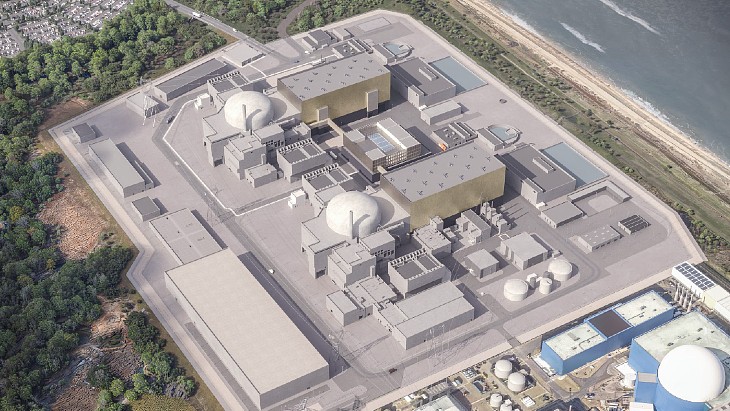Active testing is to begin on a facility to treat and store contaminated water at the Fukushima Daiichi nuclear power plant.
 |
| Remediation plans at Fukushima Daiichi also allow for rest areas for on-site workers, like the one above set up in a former gymnasium at the site. (Image: Tepco) |
Managing contaminated water has been one of the many major challenges at the stricken Japanese plant. Pools of water formed in the basements of turbine buildings and trenches carrying pipework following the 11 March tsunami, and cooling water is continually being pumped into three of the reactors. In April, about 10,400 tonnes of slightly contaminated water was released into the sea to free up storage space for more contaminated water, but the total in the bottoms of the buildings is aroudn 100,000 tonnes.
Tepco's roadmap for restoration works at Fukushima, released in April and updated a month later, provided for the installation of storage and processing facilities for contaminated water to prevent it being released out of the site boundary, with plans for subsequent expansions and the installation of a decontamination facility that would allow contaminated water to be reused for cooling purposes. Work has been underway on a plant to process 12,000 cubic metres of contaminated water per day. Meanwhile, a 136 metre long steel barge, known as the Mega-Float, arrived at the site on 21 May and will be used to store some 10,000 tonnes of contaminated water pending treatment.
Now that regulatory approval has been granted, Tepco says it plans to start commissioning the plant as soon as the necessary preparations have been completed.
Researched and written
by World Nuclear News




_55530.jpg)
_42372.jpg)
_37521_70699.jpg)

_76087_55556.jpg)




